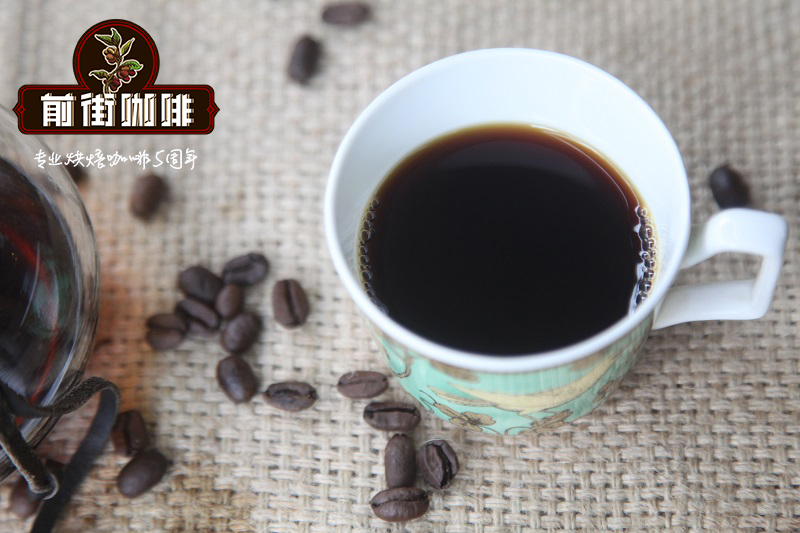History of Vietnamese Coffee Development is Vietnamese Coffee good

For professional baristas, please follow the coffee workshop (Wechat official account cafe_style)
Vietnamese coffee flavor: smell: the smell and aroma emitted after the coffee has been blended. The words used to describe smell include caramel, carbon roast, chocolate, fruit, grass, malt, and so on.
Bitterness: bitterness is a basic sense of taste, and the sensory area is distributed at the base of the tongue. The bitterness of deep baking is deliberately created, but the common cause of bitterness is too much coffee powder and too little water.
Light: coffee grown in the lowlands is usually quite light and tasteless. Coffee with insufficient coffee powder and too much water will have the same light effect.
Salty taste: after brewing, if the coffee is overheated, it will produce a salty taste.
Vietnamese coffee was brought to Vietnam by French Jesuit missionaries around 1860. in nearly 150 years of history, Vietnam has gradually developed its own unique coffee culture.
Today, walking from Ho Chi Minh City, the largest city in the south, to Sapa, a mountain city on the border between China and Vietnam, you can often see canvas sheds and umbrellas piled or clustered by the roadside, with recliners or hammocks or even small benches facing the road, and a simple aluminum drip on a low table. People sit or lie down or cross their feet while sipping (experience, not drinking, drinking, not sucking or licking. Capheda (iced coffee), pointing at a passing girl or a motorcycle crash across the street, sips the coffee, smokes half a pack of cigarettes, and fades away in a morning or two in the afternoon.
Important Notice :
前街咖啡 FrontStreet Coffee has moved to new addredd:
FrontStreet Coffee Address: 315,Donghua East Road,GuangZhou
Tel:020 38364473
- Prev

How to brew Vietnamese coffee flavor
Exchange of professional baristas Please follow the coffee workshop (Wechat official account cafe_style) Vietnamese coffee flavor: smell: coffee after the preparation of the smell and aroma. The words used to describe smell include caramel, carbon roast, chocolate, fruit, grass, malt, and so on. Bitterness: bitterness is a basic sense of taste, and the sensory area is distributed at the base of the tongue. Deep
- Next

Arabica Coffee Bean Brand Recommended Vietnam Drip Coffee Making Method
Professional barista communication, please pay attention to coffee workshop (Weixin Official Accounts cafe_style) Vietnamese coffee flavor: smell: the smell and fragrance emitted after coffee blending is completed Words used to describe odors include caramel, charred, chocolate, fruity, grassy, malty, etc. Bitterness: Bitterness is a basic taste sensation, and the sensory area is distributed in the root of the tongue. deep
Related
- Beginners will see the "Coffee pull flower" guide!
- What is the difference between ice blog purified milk and ordinary milk coffee?
- Why is the Philippines the largest producer of crops in Liberia?
- For coffee extraction, should the fine powder be retained?
- How does extracted espresso fill pressed powder? How much strength does it take to press the powder?
- How to make jasmine cold extract coffee? Is the jasmine + latte good?
- Will this little toy really make the coffee taste better? How does Lily Drip affect coffee extraction?
- Will the action of slapping the filter cup also affect coffee extraction?
- What's the difference between powder-to-water ratio and powder-to-liquid ratio?
- What is the Ethiopian local species? What does it have to do with Heirloom native species?

